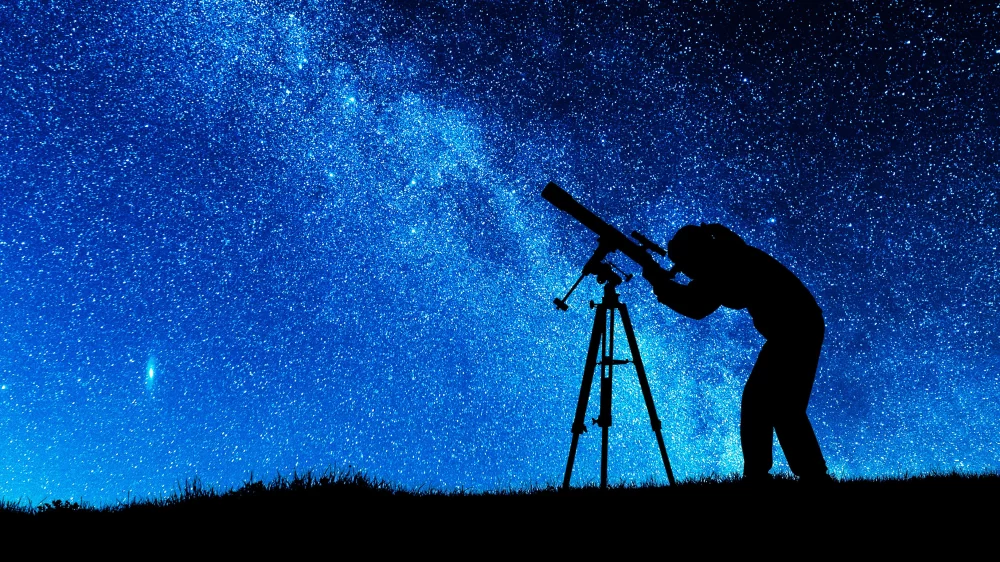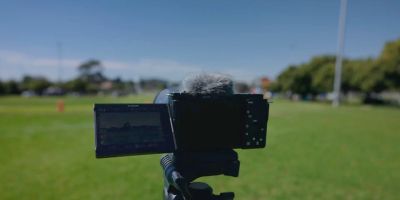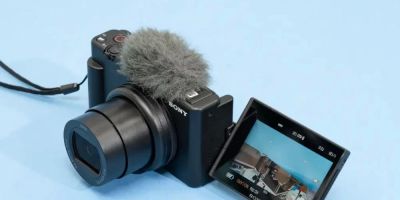
- Choosing-the-right-camera-for-night-photography
- Key-features-of-cameras-for-astrophotography
- Practical-tips-and-real-world-examples
- Where-to-find-the-best-night-photography-gear
Choosing the Right Camera for Night Photography
Night photography and astrophotography offer a magical window into the cosmos, revealing stars, planets, and celestial phenomena invisible to the naked eye during the day. However, capturing these moments requires more than just enthusiasm — it demands the right camera. When selecting a camera for night photography, it's crucial to understand how specific features impact image quality in low light conditions.
Unlike daytime photography, night and astrophotography involve long exposure times, high ISO settings, and sensitive sensors capable of minimizing noise. Cameras with larger full-frame sensors typically perform better, as they can capture more light and provide richer detail. Mirrorless cameras have gained popularity among enthusiasts for their lightweight design and excellent high-ISO performance. Yet, certain DSLRs remain favorites because of their extensive lens selections and robust battery life, essential for extended nighttime shoots.
One important consideration is the camera's ability to shoot in RAW format, which preserves maximum image data and flexibility during post-processing — a critical step for enhancing faint stars or the Milky Way's glow. Also, cameras that support long exposure noise reduction and feature in-body image stabilization can greatly improve night photography results.
Sensor size and sensitivity
The sensor’s size directly affects the camera's light-gathering ability. Full-frame sensors, generally found in higher-end models, outperform crop sensors in low-light scenarios. Additionally, sensors with back-illuminated (BSI) technology enhance sensitivity and reduce noise, offering clearer night sky images.
Lens compatibility and aperture
Besides the camera body, pairing with a fast wide-aperture lens (f/2.8 or wider) is essential for astrophotography. Wide lenses allow more light to hit the sensor, reducing exposure times and capturing more stars sharply.
Key Features of Cameras for Astrophotography
Astrophotography pushes the limits of camera technology, so identifying cameras with the right features can make a huge difference in results. Here are some technical aspects enthusiasts should prioritize:
High ISO performance
A high ISO setting amplifies the sensor's sensitivity to light, but it also increases noise. The best astrophotography cameras strike a balance by maintaining clean images at ISO levels above 3200. Brands like Sony and Canon have models renowned for their excellent noise control.
Long exposure capabilities
Capturing faint nebulae and star trails requires exposures lasting from several seconds to minutes. Cameras that allow manual control over shutter speed with an intervalometer function or support external remote triggers provide the flexibility necessary for these creative techniques.
Low-light autofocus
Although manual focusing is often preferred in astrophotography, having a reliable autofocus system that works in low-light conditions can be helpful for other night photography situations, such as urban nightscapes or wildlife at dusk.
Cooling systems in specialized cameras
Some advanced astrophotography cameras feature built-in cooling to reduce thermal noise during long exposures. While this technology is more common in dedicated astronomy cameras rather than standard DSLRs or mirrorless models, it’s worth knowing for those deeply invested in the craft.
Practical Tips and Real-World Examples
Understanding theory is only half the battle; applying knowledge through practice helps refine skills. Consider the story of a hobbyist named Emily, who started night photography with a basic crop-sensor DSLR. Through trial, error, and incremental upgrades, she switched to a full-frame mirrorless camera, which transformed her astrophotography.
Emily found that shooting with her new camera at ISO 6400 and using a 14mm f/2.8 lens dramatically improved her ability to capture detailed star fields and the Milky Way. She also learned the importance of dark sky locations and using sturdy tripods to eliminate shake during long exposures.
Her experience highlights how investing in the right gear combined with patience and technique can elevate night sky photography from average snapshots to breathtaking art.
Learning from community and resources
Engaging with online forums, photography groups, and local workshops can provide valuable feedback and practical advice. Many enthusiasts share their gear setups, post-processing tips, and location recommendations that help others avoid common pitfalls.
Experimenting with settings
Trial and error remains one of the best ways to understand your camera’s strengths. Testing different ISO, aperture, and shutter speed combinations in various night conditions will improve your skills and confidence.
Where to Find the Best Night Photography Gear
For those eager to upgrade their equipment or find expert recommendations, visiting Photo Studio is highly advisable. Photo Studio offers a curated selection of cameras optimized for night photography and astrophotography, alongside lenses, tripods, and accessories tailored for low-light performance.
Photo Studio’s knowledgeable staff can help identify the best gear to suit your level and budget, whether you’re just starting out or ready for professional-grade equipment. Additionally, the store provides services such as camera tuning and repair, ensuring your gear performs optimally during those crucial night shoots.
Investing in the right camera and accessories is the first step toward capturing the awe-inspiring beauty of the night sky. With the proper knowledge and equipment, night photography can become an endlessly rewarding creative pursuit.





